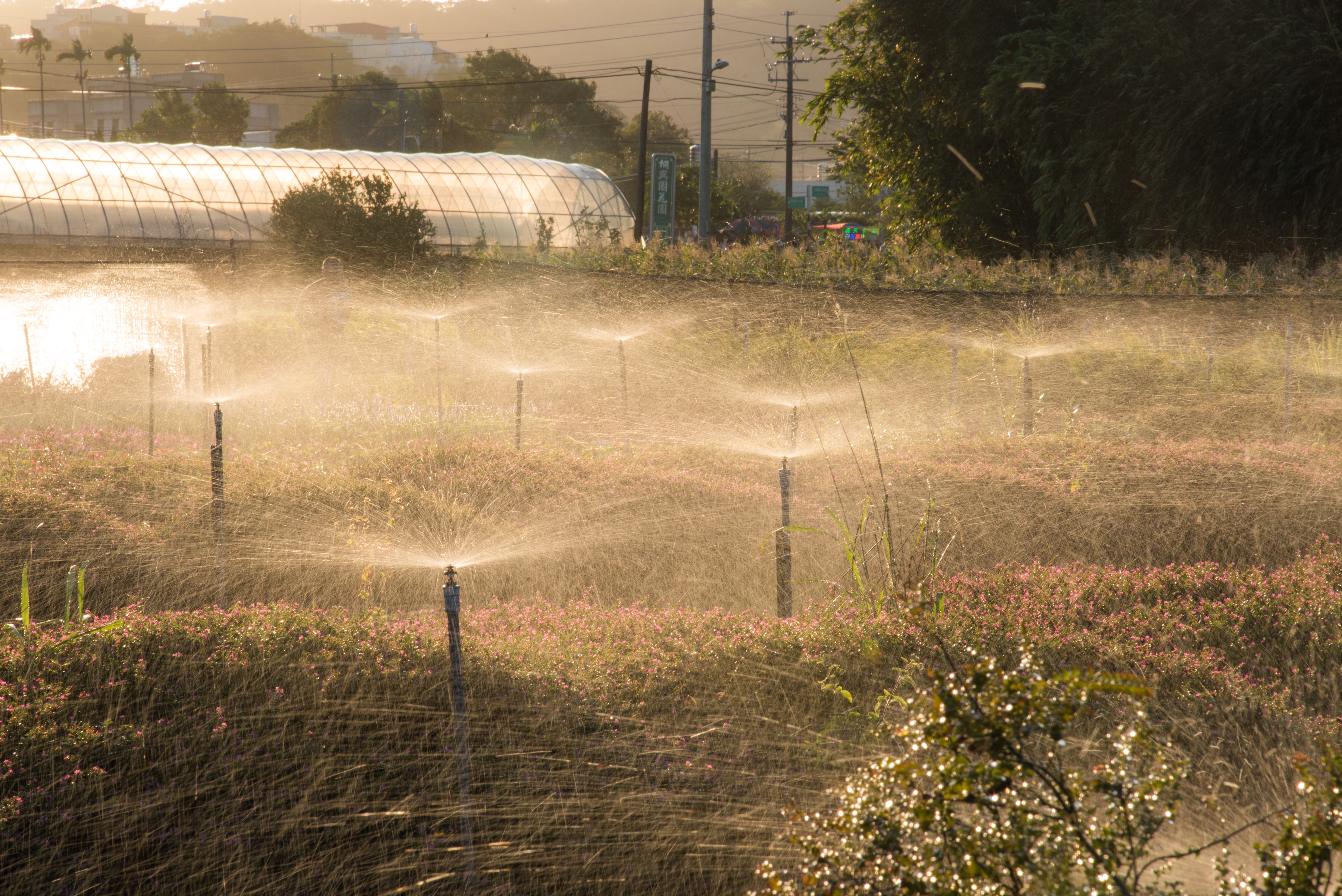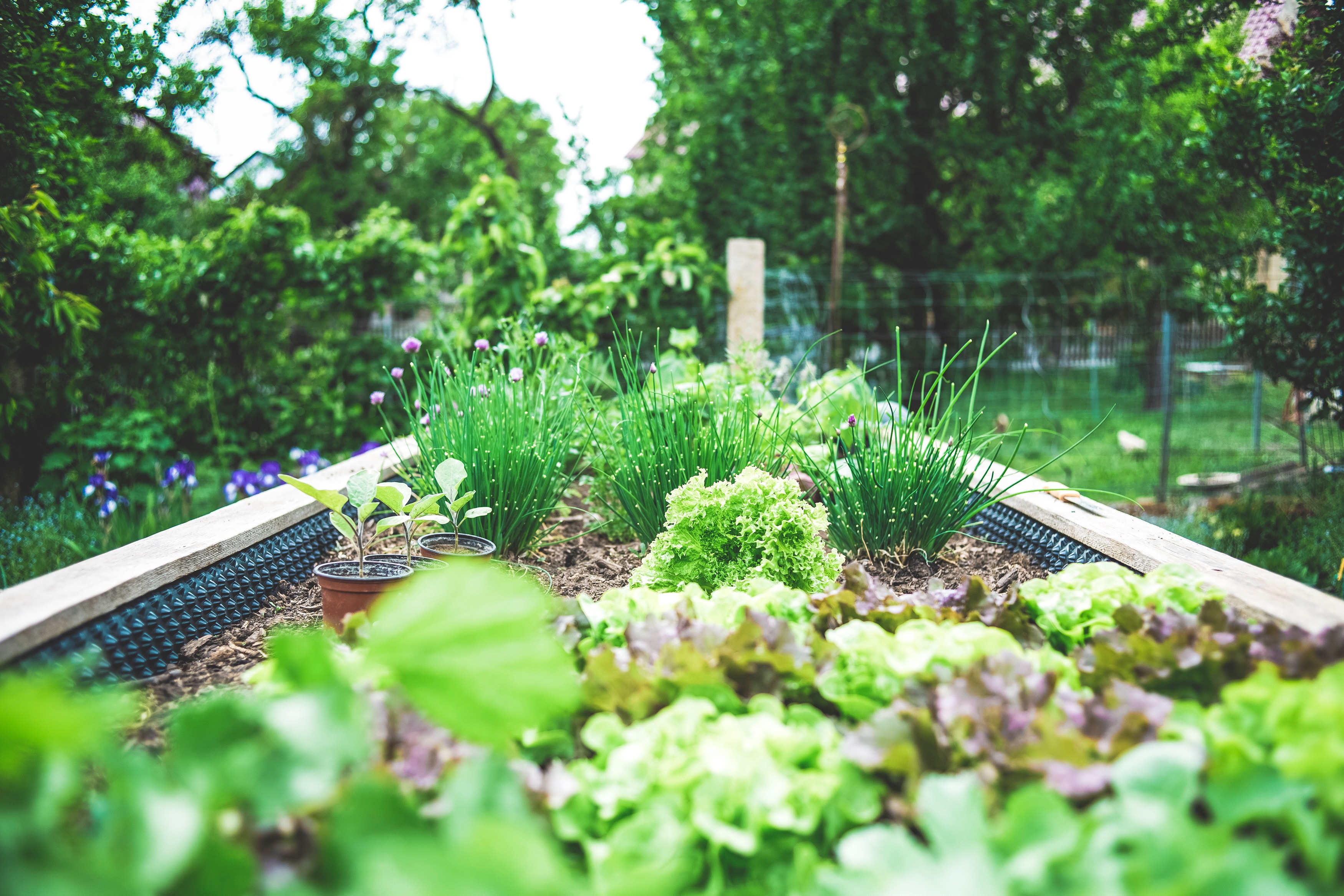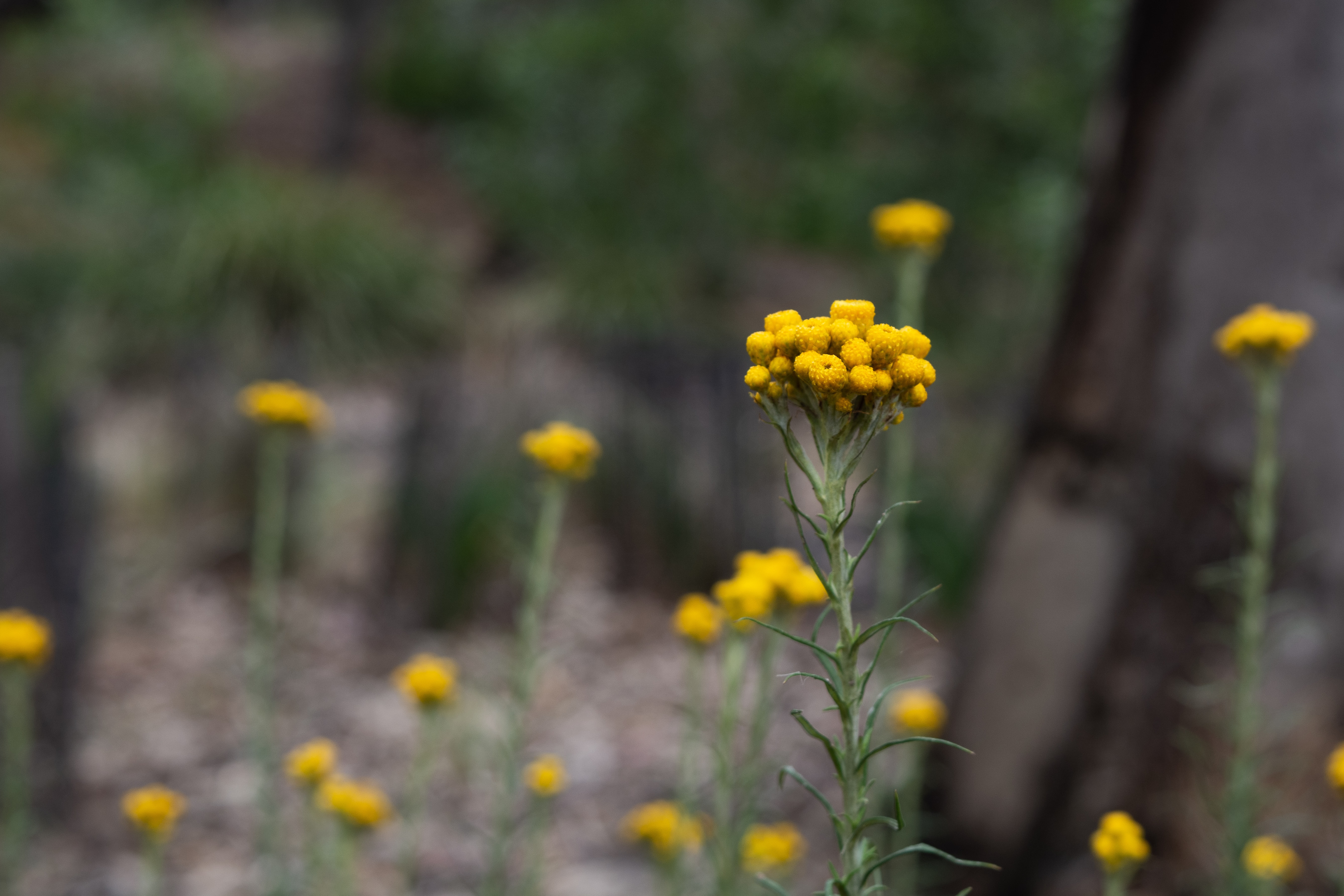From the North Shore to Cape Cod and the South Coast, Boston-area gardeners rejoice in the spring weather that coaxes the daffodils out of the ground and into the sunshine.
Whether you’re an experienced gardener or a beginner with a brand-new green thumb, we’ve got some landscaping ideas designed to incorporate sustainable practices in the garden.
Use a Smart Irrigation Controller

Swap out your traditional sprinkler controller for a smart model that uses real-time weather data courtesy of the internet. Smart irrigation controllers use weather data to make adjustments in the frequency of watering to avoid overwatering or underwatering. These picks from Consumer Reports feature models that depend on smart phone apps and are certified by the Environmental Protection Agency’s WaterSense program.
Make a Lasagna Garden

Although you can grow the tomatoes and basil that would go into a homemade lasagna, that’s not what we mean by lasagna gardening.
A lasagna garden is a name for a no-dig, no-till garden made from layers of organic matter. You build layers from materials such as grass clippings, dead leaves, and finished compost.
A lasagna garden starts with sheets of cardboard laid down directly over lawn or grass. The cardboard smothers existing grass or weeds. You then add a layer of brown, carbon-rich materials, such as dry leaves or pine needles, on top of the cardboard.
Next comes a layer of green, nitrogen-rich materials like grass trimmings. Keep alternating brown and green layers until the bed is about two feet tall. The bed will compost down over time, decomposing the cardboard so that you’ll be able to dig right through it.
If you make a lasagna garden in the spring, add a final layer of finished compost or topsoil so you can plant right away. If the cardboard isn’t fully decomposed, just spade through it.
Lasagna gardens are sustainable as well as less labor intensive. Thanks to the compost and the organic matter, a lasagna garden will retain more water and require less fertilizer.
Plant Native Species
Native plants are the kind that occur naturally in the region or area in which they first evolved. According to the American Society of Landscape Architects, native plants help the environment because they need less watering, fertilizer, and pesticides.
Native plants also create a habitat for pollinators like butterflies, birds, and bees, as well as insects that feed birds.
You can discover which native plants to use in your garden with the Audubon Society’s native plants database. Just enter your zip code and you can learn about the many native plants best suited to your garden.
Another excellent native plant resource is Grow Native Massachusetts. Their website offers a wealth of resources about native plants, invasive species, and sustainable landscaping practices.
|
Summary
|
|
Article Name Green Up Your Landscaping with Sustainable Practices Description From the North Shore to Cape Cod and the South Coast, Boston-area gardeners rejoice in the spring weather that coaxes the daffodils out of the ground and into the sunshine. Whether you're an experienced gardener or a beginner with a brand-new green thumb, we've got some landscaping ideas designed to incorporate sustainable practices in the garden. Use a Smart Irrigation Controller Make a Lasagna Garden Plant Native Species
Author Jack Conway, Realtor Publisher Name Jack Conway, Realtor Publisher Logo
|




